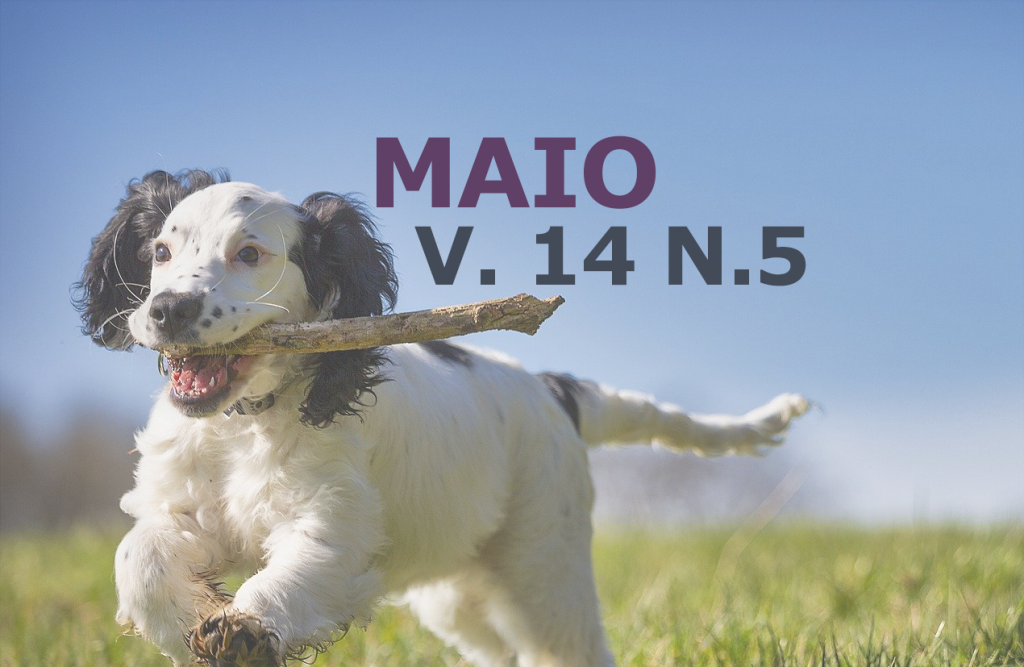Insucessos e complicações no tratamento de dermatite atópica canina em poodle: relato de caso (2012-2019)
DOI:
https://doi.org/10.31533/pubvet.v14n5a564.1-7Palavras-chave:
alérgenos, cão, pancreatite, tratamentoResumo
A dermatite atópica canina (DAC) é uma condição inflamatória pruriginosa baseada em predisposição genética para desenvolver alguma hipersensibilidade a alimentos e / ou alérgenos ambientais, com sinais clínicos em resposta à exposição, caracterizados por coceira intensa. O diagnóstico é feito por anamnese, por exclusão e exames histopatológicos; e o tratamento consiste em controlar os sinais clínicos, evitando a exposição a alérgenos, tanto quanto possível, uma vez que a condição não tem cura. Este relato de caso trata da evolução clínica de um canino da raça poodle afetado por DAC em tratamento no período de sete anos, concomitantemente com complicações devido à pancreatite canina. A melhora clínica foi alcançada após várias tentativas de tratamento, sendo o uso de glicocorticóides a única terapia que atenuou significativamente os sinais clínicos da doença. Com isso, o canino permanece clinicamente controlado para a dermatite atópica com corticosteróide e o uso de xampus e hidratantes específicos, além de redução da exposição a alérgenos ambientais.
Downloads
Publicado
Edição
Seção
Licença
Copyright (c) 2020 Katherinne Barth Wanis Figueiredo, Juliana de Abreu Pereira, Talita Wajczyk, Darlene Luciana Guse Kaiser, Thaís Karoline Pereira

Este trabalho está licenciado sob uma licença Creative Commons Attribution 4.0 International License.
Você tem o direito de:
Compartilhar — copiar e redistribuir o material em qualquer suporte ou formato
Adaptar — remixar, transformar, e criar a partir do material para qualquer fim, mesmo que comercial.
O licenciante não pode revogar estes direitos desde que você respeite os termos da licença. De acordo com os termos seguintes:
Atribuição
— Você deve dar o crédito apropriado, prover um link para a licença e indicar se mudanças foram feitas. Você deve fazê-lo em qualquer circunstância razoável, mas de nenhuma maneira que sugira que o licenciante apoia você ou o seu uso. Sem restrições adicionais
— Você não pode aplicar termos jurídicos ou medidas de caráter tecnológico que restrinjam legalmente outros de fazerem algo que a licença permita.





